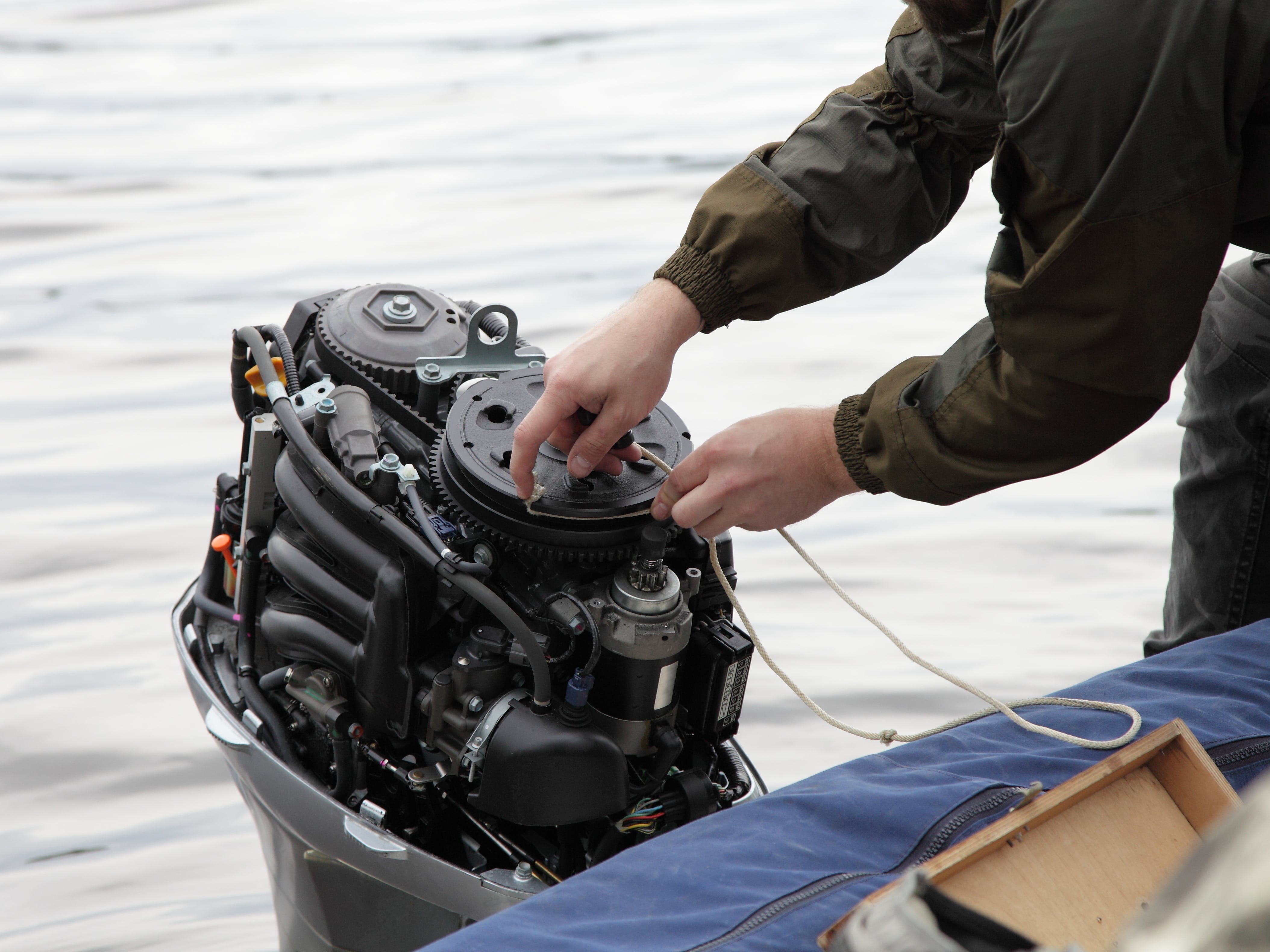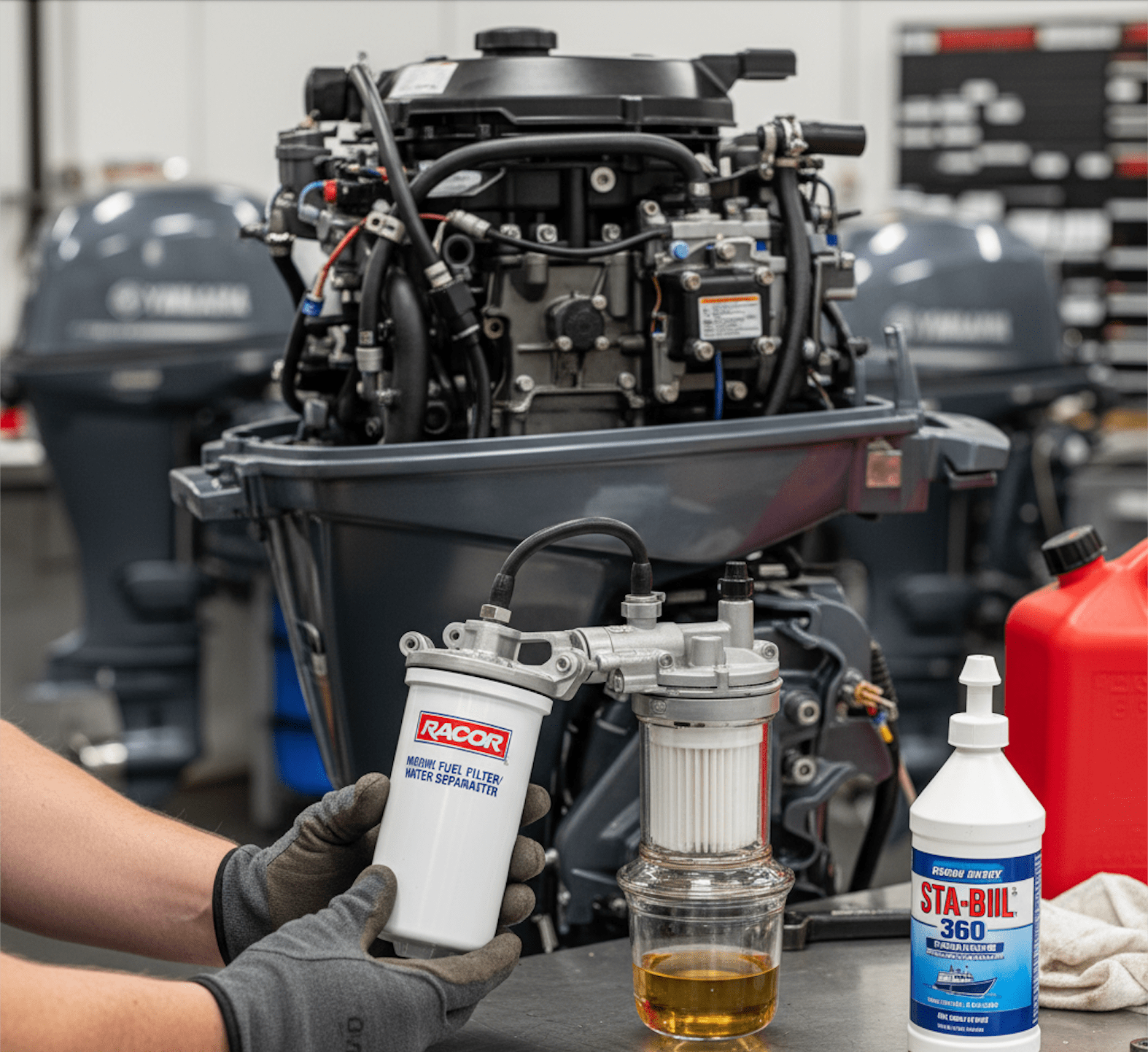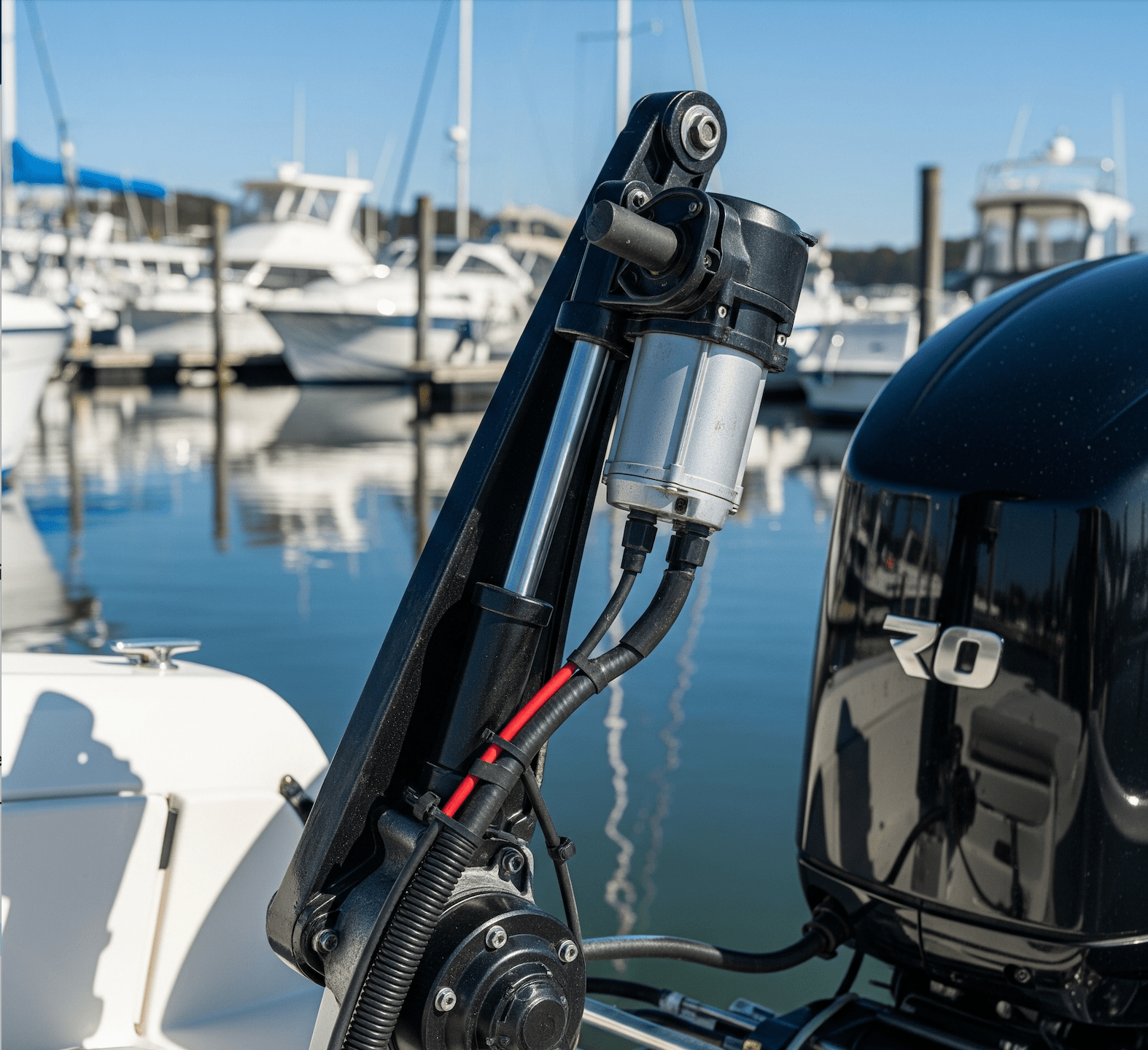Buying a used outboard motor can be a smart way to get back on the water without breaking the bank, offering incredible value and extending the life of a beloved vessel. However, unlike purchasing a new unit with a full warranty, buying used requires a keen eye and a methodical approach. A thorough inspection isn't just a suggestion; it's your best defense against unexpected repairs and a headache on the water.
At All Outboards, we're dedicated to empowering you. That's why we've put together this essential guide on the critical checks you must perform before shaking hands on that used outboard deal.
1. The Compression Test: The Engine's "Heartbeat" Check
This is arguably the most crucial test for any used outboard. It tells you about the health of the engine's cylinders, pistons, and valves.
- Why it's Critical: Uneven or low compression indicates internal wear, such as worn piston rings, damaged valves, or cylinder issues – often pointing to very costly repairs.
- What to Look For:
- Consistency: All cylinders should have compression readings within 10-15 PSI of each other.
- Adequate PSI: While exact numbers vary by manufacturer and model, generally aim for readings above 90-100 PSI (for older 2-strokes) or 120+ PSI (for newer 4-strokes). Always check the manufacturer's specifications if possible.
- How to Do It: This requires a compression tester. The process involves removing spark plugs, ensuring the throttle is wide open, and cranking the engine over a few times while the tester measures the peak pressure in each cylinder. If you're not comfortable doing this yourself, hire a marine mechanic.
2. Oil Condition: Reading the "Tea Leaves" of Engine Health
The condition of the oil – both in the lower unit and, for 4-stroke motors, in the powerhead – can reveal serious hidden problems.
- Lower Unit Gear Lube:
- What to Look For (and Avoid): Drain a small amount of gear lube. It should be clean, clear, and relatively free of metallic flakes.
- Milky or Foamy Oil: Indicates water intrusion, often from a bad propeller shaft seal or housing crack, which can lead to severe gear damage.
- Burnt Smell or Black/Chunky Appearance: Suggests excessive heat, worn gears, or overdue maintenance. Shiny metallic flakes point to serious internal damage.
- 4-Stroke Powerhead Oil:
- What to Look For: Check the dipstick. The oil should be honey-colored (for new oil) or at least transparent, and free of metallic particles.
- Milky White or Foamy: A sign of water contamination in the engine's lubrication system, a major red flag indicating a blown head gasket, cracked block, or other severe issues.
- Excessively Dark or Gritty: Indicates old, neglected oil and lack of maintenance.
3. Physical Damage & Corrosion: More Than Skin Deep
Visually inspect the entire motor. Don't let a freshly painted cowl fool you; look closely for signs of neglect, impact, or saltwater corrosion.
- Propeller: Check for bent blades, large chips, cracks, or signs of extensive repair. Prop damage can indicate a history of striking objects, potentially affecting the lower unit's internal components.
- Skeg (Lower Unit Fin): Look for breaks, extensive welds, or severe grinding. Heavy damage here can also signal a history of impacts.
- Transom Bracket & Clamps: Inspect for cracks, bends, or severe corrosion, especially where the motor mounts to the boat.
- Powerhead (Under the Cowl): Look for:
- Excessive Corrosion: Particularly on bolts, wiring, and cylinder heads, indicating heavy saltwater use or poor maintenance.
- Frayed or Chewed Wiring: Can lead to electrical nightmares.
- Loose Connections: Check hose clamps, fuel lines, and electrical connections.
- Rust Stains/Evidence of Leaks: Look for any signs of fuel, oil, or coolant leaks.
- Cowl: Inspect for cracks, major repairs, or shoddy paint jobs that might hide underlying issues.
- Steering & Controls: Feel for smooth movement in the steering system. Check cables for fraying. Ensure the throttle and gear shift operate smoothly and positively.
4. Fuel System Inspection: The Lifeline of the Engine
Fuel-related issues are common and can be expensive to fix.
- Fuel Lines & Bulb: Check for cracks, dry rot, or stiffness. Squeeze the primer bulb – it should firm up.
- Fuel Filter: Inspect its cleanliness. A dirty filter suggests old fuel system issues or neglect.
- Smell the Fuel: A sour or strong varnish smell indicates old, degraded fuel that can gum up the carburettor or injectors.
5. Listen to the Engine: The Sound of Health (or Trouble)
If possible, insist on hearing the engine run, ideally from a cold start.
- Cold Start: It should start relatively easily and settle into a smooth idle.
- Idle: Listen for consistent RPMs, no surging or dying. Listen for knocking, grinding, or excessive rattling.
- Water Stream (Tell-Tale): Ensure a strong, steady stream of cooling water is coming out. A weak or inconsistent stream indicates cooling system problems.
A thorough inspection takes time and may require a little patience, but it's an investment that pays dividends in peace of mind and avoids costly surprises. Don't be afraid to ask questions, request service records, and if you're unsure, invest in a professional pre-purchase inspection by a qualified marine mechanic.
Happy boating!
Subscribe to our newsletter and receive a selection of cool articles every weeks.







